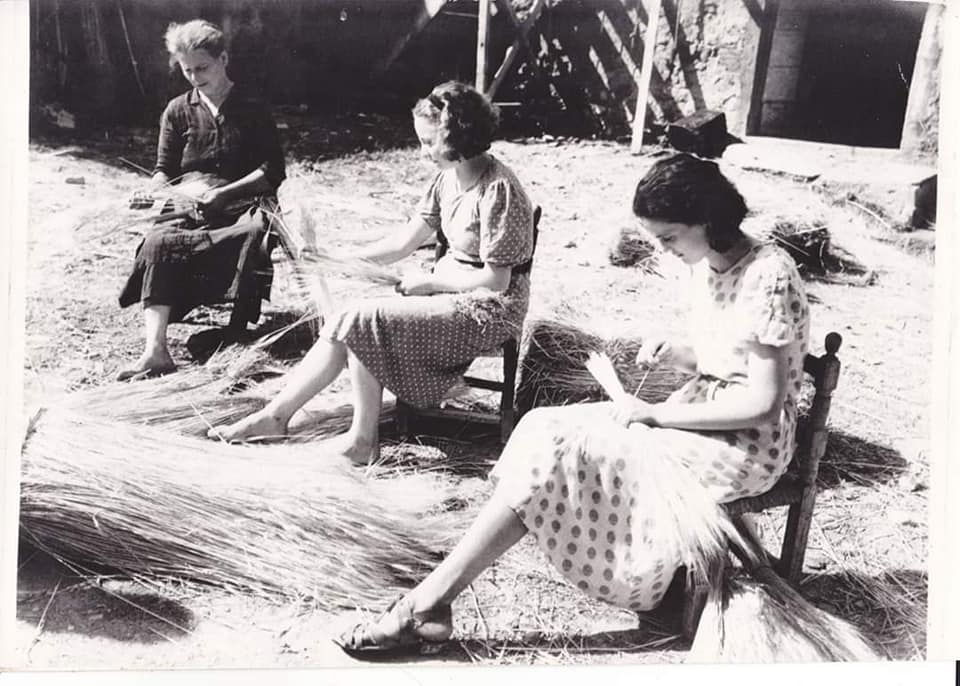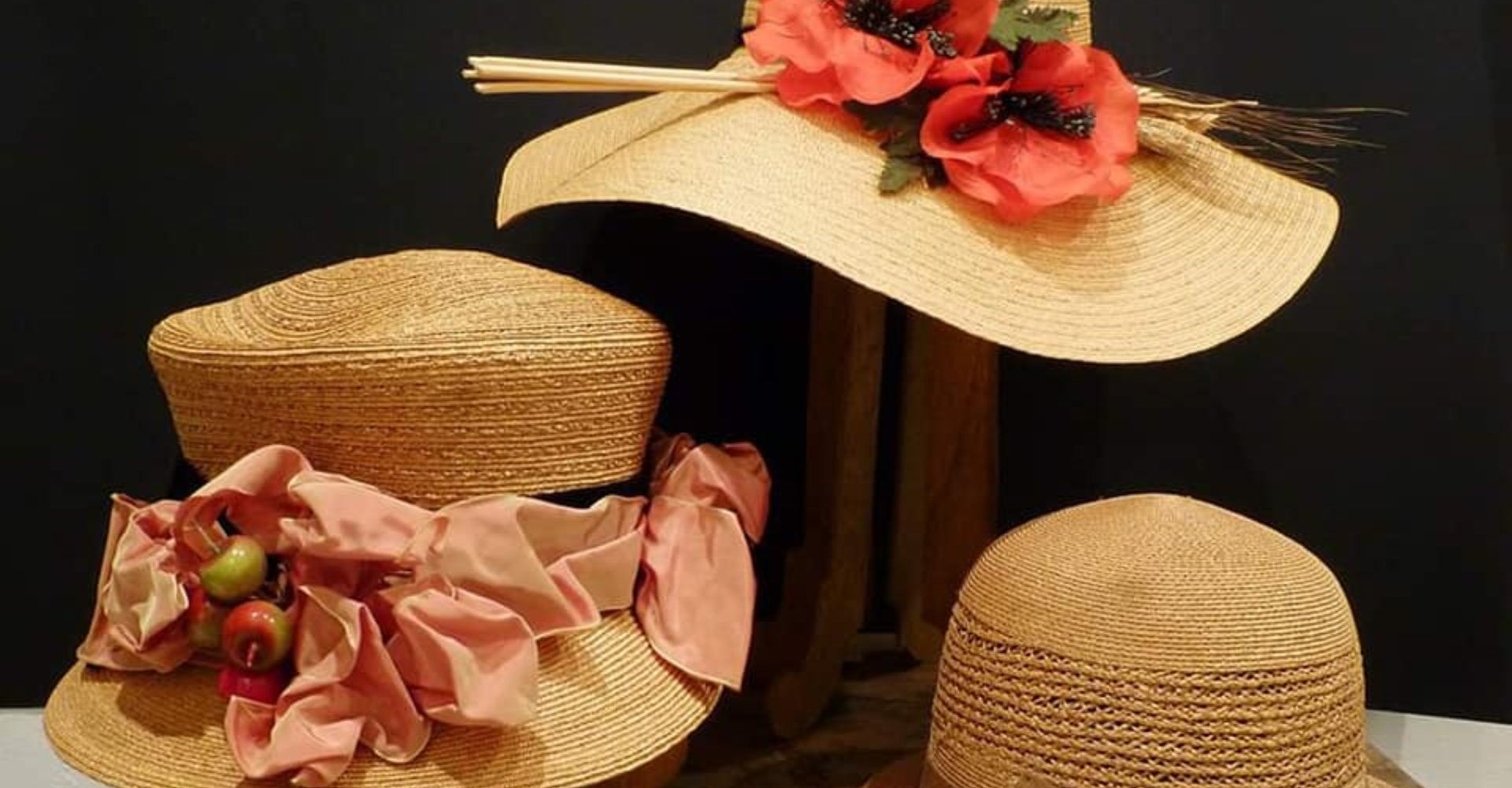Straw hats of Florence
The famous handmade headdress that's synonymous with quality and tradition all over the world
Not just a practical accessory to protect yourself from the sun as well as being a fashion item, the Florence straw hat is a synthesis of traditions and history that dates back to the Middle Ages.
It's also known by the English name Leghorn, meaning Livorno, as it was from this port that hats were shipped all over the West. It also comes from the French chapeaux de paille d'Italie, two terms that soon became synonyms of quality and authenticity, raising the tricolor flag all over the world as one of the first exports of historic 'Made in Italy'.
The Florentine straw hat is unique in that it has 40 rounds of sewn braids, of which each consists of 13 threads obtained from the waste of the wheat harvest. Its manufacture reached such a level of elegance and perfection that in the 16th century, Cosimo I de 'Medici paid homage to some kings of the old continent with the refined headdress.
However, the real success of the Florence straw hat came in the 1700s when in the Signa countryside, wheat was grown for the sole purpose of creating hats. This change made Florence and its surroundings the main production area of fine straw hats.

The production became so famous that the French playwright Eugène Labiche found inspiration in the famous hat for his theatrical farce Un chapeau de paille d'Italie, written in the mid-1800s and which became an opera in 1945, thanks to the maestro Nino Rota.
Even today, Signa is home the most important companies in the sector, united in the consortium titled 'Il Cappello di Firenze' established in 1986, as well as the Domenico Michelacci Museum of Straw and Straw Weaving, a permanent exhibition that traces the history of the prestigious hat, featuring examples from the last century as well as the machinery that was used for production.




